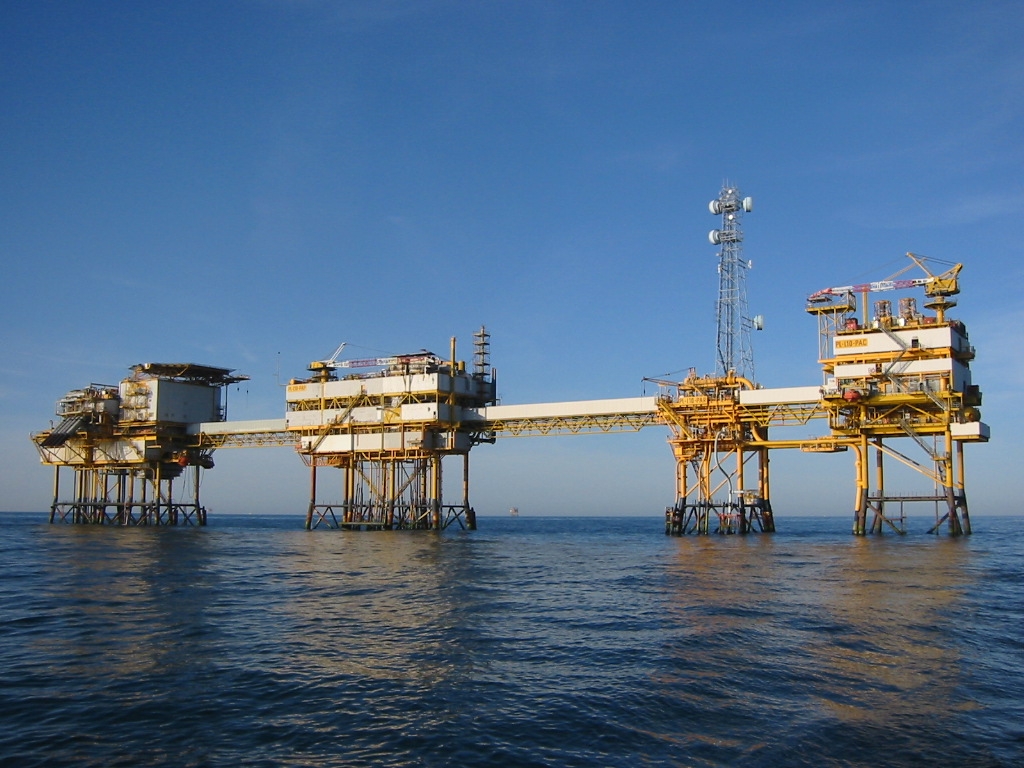
Neptune Energy is developing “digital twins” of two platforms in the Dutch North Sea to save money, time and emissions on offshore work, the privately owned company said January 7. The twins will also be used with planning a major carbon capture and storage (CCS) project in the same licence area.
UK-based 3D technology specialist Eserv is creating digitised versions of the L10-A complex’s drilling and production platforms which will be part of the CCS project.
There are already digital twins of five Neptune-operated platforms in the North Sea. A digital twin of the Cygnus platform in the UK sector helped with the development of detailed flight plans for drone-based surveys as part of an award-winning methane emissions study.
The depleted gas fields around the L10-A, L10-B and L10-E areas could store more than half the CO2 emissions the Dutch industrial sector is hoping to sequester.
Neptune said that digital twins allowed it to plan work, inspect plant equipment and monitor changes in the physical structure more quickly. They also allow the early and accurate identification of potential problems, speeding up projects with higher success rates.
Share this article
